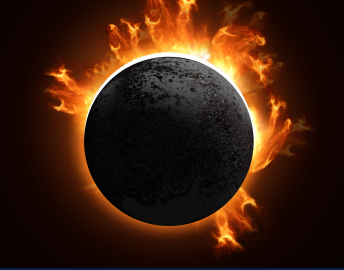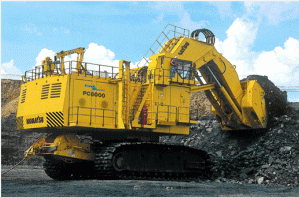Car accidents… childbirths… grass fires… heart attacks… sports injuries—Miami-Dade Fire Rescue deals with hundreds of such events everyday while serving some 2.1 million people spread over almost 2000 square miles in Florida.
And if that activity isn’t enough to keep the department busy, when hurricanes, earth quakes, floods, volcano eruptions, or air crashes occur around the world, Miami-Dade Fire Rescue’s Urban Search and Rescue (USAR) team may be called into action.
One of only two U.S. Fire-Rescue organizations that support the government’s international emergency disaster relief efforts, the Miami-Dade Fire Rescue USAR team includes rescue specialists, structural engineers, K-9 unit handlers, hazardous material experts, medical personnel, and logistics staff. “All these people have to be supported,” says Firefighter Justin Wasilkowski of the Miami-Dade Fire Rescue Tactical Communications Group (T-Comm).
“Without communications, we don’t go anywhere.” For this reason, T-Comm uses satellite dispatch radio and voice service from Lightsquared (formerly Mobile Satellite Ventures). When disaster strikes, Miami-Dade Fire Rescue can rely on its Lightsquared service to support search and rescue efforts. “It would be virtually impossible to do what we do without satellite phones,” says Firefighter Wasilkowski. “We need contact with the outside world, and often we can’t depend on cellular coverage.”
Where cell phones fail, Satellite Communications shines
By their nature, disasters often cripple communications systems, leaving rescuers scrambling to manage relief efforts. Such was the case in October 1995 when hurricane Opal and its 155-mile-per-hour peak winds pounded the Florida panhandle. Called in to deal with the storm’s aftermath, Miami-Dade Fire Rescue personnel found that the hurricane had toppled phone lines and knocked out cellular systems, making conventional communication difficult, if not impossible. “Our guys were able to keep in touch by the G2 Mobile Satellite Radio all the way to the disaster area,” says Firefighter Wasilkowski,” and provide updates about the situation and coordinate relief efforts when they got there.
” If a disaster doesn’t wipe out the telephones and cellular networks, rescue teams face yet another communications obstacle: cell-phone overload. This situation ocurred when a Fine Air DC-8 cargo plane crashed at the Miami International airport—perhaps one of the most cellular-intensive locations in the state. Within minutes of the crash, all cell phone lines in the area were jammed.
“The only reliable communication was our dispatch satellite radio and voice service,” says Firefighter Wasilkowski. “We set up the briefcase phones on the hood of one of our vehicles and had people from various agencies lining up to call.” Sometimes disasters occur in areas with little or no cell phone coverage, another situation when the dispatch satellite radios prove their worth. When a ValuJet crashed in the Florida Everglades, Miami-Dade Fire Rescue relied on MSV dispatch radio and voice service again. “There is very little cellular coverage in the Everglades,” says Firefighter Wasilkowski. “But by using the Lightsquared service we were able to communicate instantly from the crash site.”
Reliability in challenging environments
Covering an expansive area is one thing; covering it dependably is another—and Lightsquared has never let Miami-Dade Fire Rescue down. “The reliability has been very good,” says Firefighter Wasilkowski. “We’ve never had a problem getting a phone line. And the connections are robust. I’ve driven under long overpasses without losing contact, which says a lot because other satellite services won’t do that.”
In addition, T-Comm uses the Lightsquared service to send and receive email and files from laptop computers. “The phone’s great,” says Firefighter Wasilkowski, ‘but when somebody wants a hard copy, it’s easy to transmit a page by satellite.”
Seeking the benefit of his experience, emergency response organizations and other USAR teams throughout the U.S. often invite Firefighter Wasilkowski to give lectures to their departments. Many times people ask him about what type of communications system to get.
“I tell them that cell phones are going to be dead five minutes after the disaster happens,” he says. “Cell phones give you a false sense of security. Rescue teams need another way to do it. We’ve used satellite dispatch radio and voice service from its beginning, and we’ve been happy with it. I strongly recommend Mobile Satellite Communications as a solution for long-term and long-range communications.”







